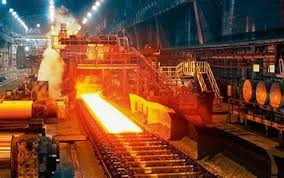
Iron in Metallurgy: An Overview Iron is one of the most fundamental and widely used elements in metallurgy. It serves as the backbone of modern industrial applications due to its abundance, cost-effectiveness, and versatility. In metallurgy, iron is primarily processed to produce various alloys, such as steel and cast iron, which exhibit enhanced mechanical properties and a wide range of applications. Key Aspects of Iron in Metallurgy: Properties of Iron: High strength and durability. Excellent malleability and ductility. Good thermal and electrical conductivity. Ability to form various alloys with enhanced properties. Primary Forms in Metallurgy: Wrought Iron : Purest form of iron with low carbon content, known for its corrosion resistance and malleability. Cast Iron: Contains a high carbon content (2-4%), making it brittle but excellent in compression strength. Steel: An alloy of iron with carbon (and other elements), offering a balance of strength, ductility, and toughness...



